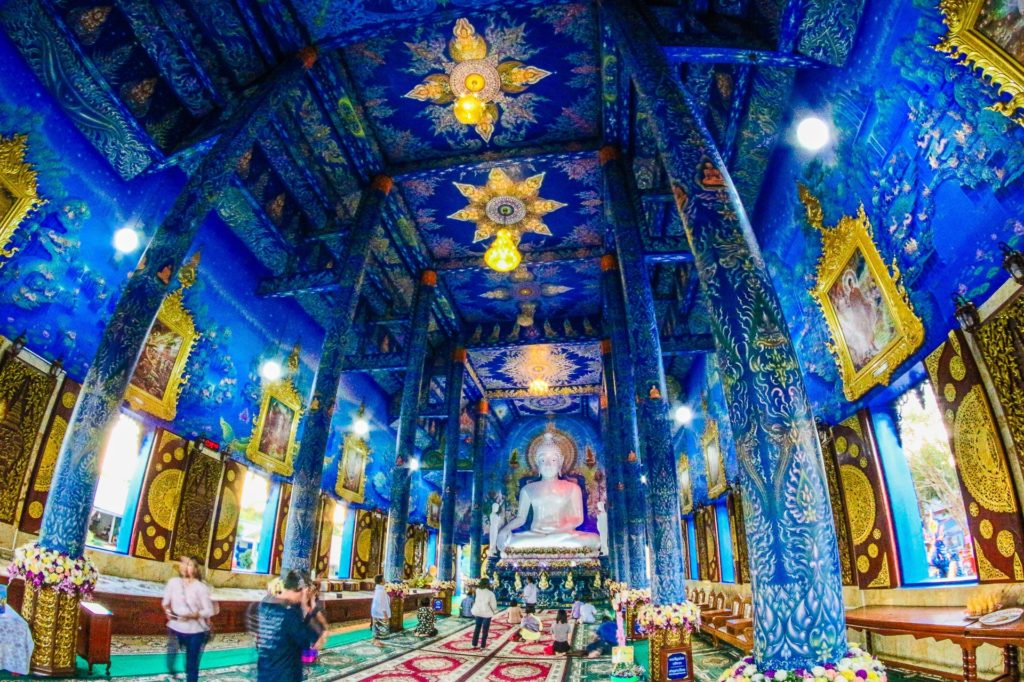
Buddhism has faced various challenges and changes during the colonization of Buddhist states by Christian countries and its persecution under modern states. Like other religions, the findings of modern science has challenged its basic premises. One response to some of these challenges has come to be called Buddhist modernism. Early Buddhist modernist figures such as the American convert Henry Olcott (1832– 1907) and Anagarika Dharmapala (1864–1933) reinterpreted and promoted Buddhism as a scientific and rational religion which they saw as compatible with modern science.

East Asian Buddhism meanwhile suffered under various wars which ravaged China during the modern era, such as the Taiping rebellion and World War II (which also affected Korean Buddhism). During the Republican period (1912–49), a new movement called Humanistic Buddhism was developed by figures such as Taixu (1899–1947), and though Buddhist institutions were destroyed during the Cultural Revolution (1966–76), there has been a revival of the religion in China after 1977. Japanese Buddhism also went through a period of modernization during the Meiji period. In Central Asia meanwhile, the arrival of Communist repression to Tibet (1966–1980) and Mongolia (between 1924–1990) had a strong negative impact on Buddhist institutions, though the situation has improved somewhat since the 80s and 90s.
